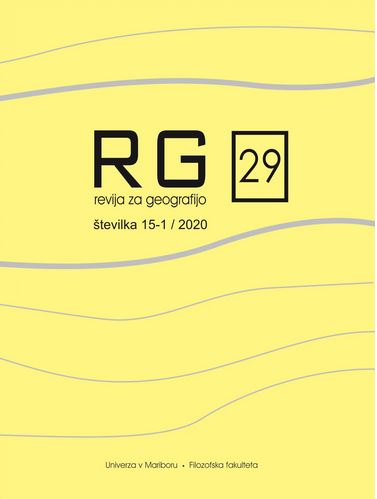From a sandbox and map to multi-dimensional virtual cartographic representations: ow we care for the development of spatial cognition of pupils
DOI:
https://doi.org/10.18690/rg.15.1.3622Keywords:
Cartographic literacy, geography, journal Revija v šoli, pupil, teacher, teaching toolsAbstract
The process of learning about space, from concrete examples to the abstract level of conception,is a demanding learning objective that will be successfully realized when we will be able to connect, according to appropriate pupil's age diverse perceptual world with the appropriate choice of learning methods and forms and of course learning tools.In the first part of the paper we used a descriptive method to study and present recent trends in the development of spatial cognition of preschool and primary school children and the factors of cartographic literacy, with special emphasis on teaching aids that support the development of sense of perspective and its cartographic illustration. In the following, the inclusion of cartographic contents and the numerical representation of cartographically supported articles published in the journal Geography in school (Geografija v šoli) between 2010 and 2020, as the central Slovenian journal in the field of geography teaching, were analysed by quantitative and qualitative analysis.
Downloads
Published
Issue
Section
License
Copyright (c) 2020 Karmen Kolnik

This work is licensed under a Creative Commons Attribution 4.0 International License.
